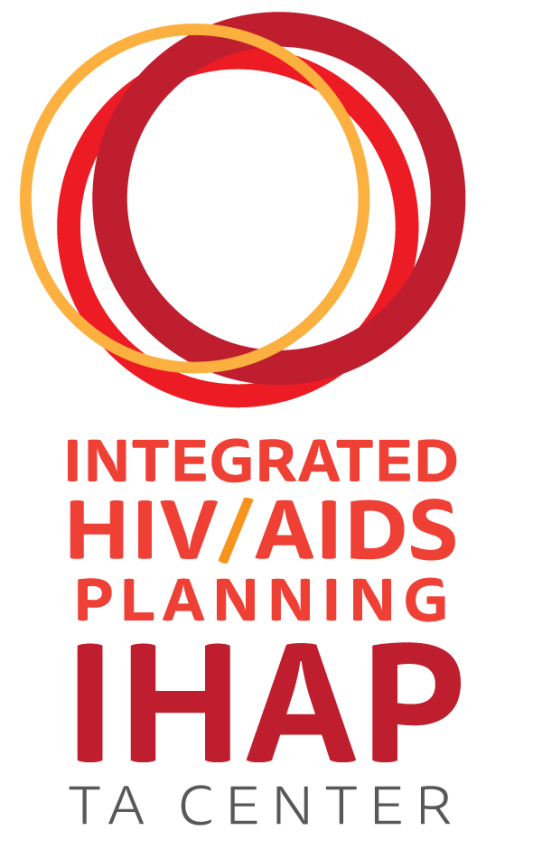RWHAP Part B Resource Allocation Considerations
- The recipient is the Governor or Chief Elected Official of the state. The recipient designates implementation responsibilities to the state health department or another state/territory agency.
- Recipients can choose to oversee resource allocation on their own, through statewide or regional planning bodies, or through consortia.1 Recipients must gather input from stakeholders.
RWHAP Part B Funding Requirements
- Awarded funds include the RWHAP Part B HIV Care Program (Activity Code X07), RWHAP Part B Supplemental Grant Program (Activity Code X08), and ADAP Emergency Relief Funds (Activity Code X09).
- The RWHAP Part B HIV Care Program award (Activity Code X07) has a five-year project period and is determined by a legislatively mandated funding formula process driven by the number of people with HIV in the state in the preceding year. The award includes five components: Base award, ADAP Base award, MAI award (for eligible states), Emerging Communities award (for eligible states), and ADAP Supplemental award (for those states that HRSA deems eligible and that choose to apply).2
- States may apply for additional funds based on demonstrate need for supplemental resources to address the HIV burden. The RWHAP Part B Supplemental grant (Activity Code X08) and the ADAP Emergency Relief Funds grant (Activity Code X09) are one-year competitive awards for states.
- All direct services provided by consortia are considered as support services and subject to the Core Medical Services Requirement, even if some or all of the direct services that consortia provide are core medical services.
- Recipients lead the State Coordinated Statement of Need (SCSN), a collaborative process to identify significant issues related to the needs of people with HIV, and to maximize statewide coordination. The SCSN informs resource allocation decisions.
1 Consortia are associations of public and nonprofit health-care and support service providers and community-based organizations that the State contracts with to provide, for a specific region(s) or the entire State, planning, resource allocation and contracting, program and fiscal monitoring, and required reporting.
Main contents page for curriculum
